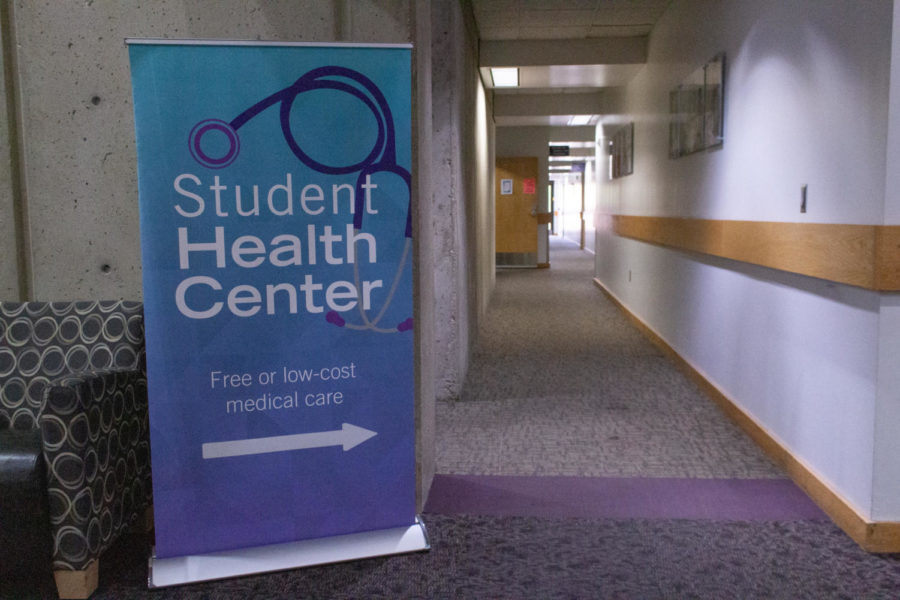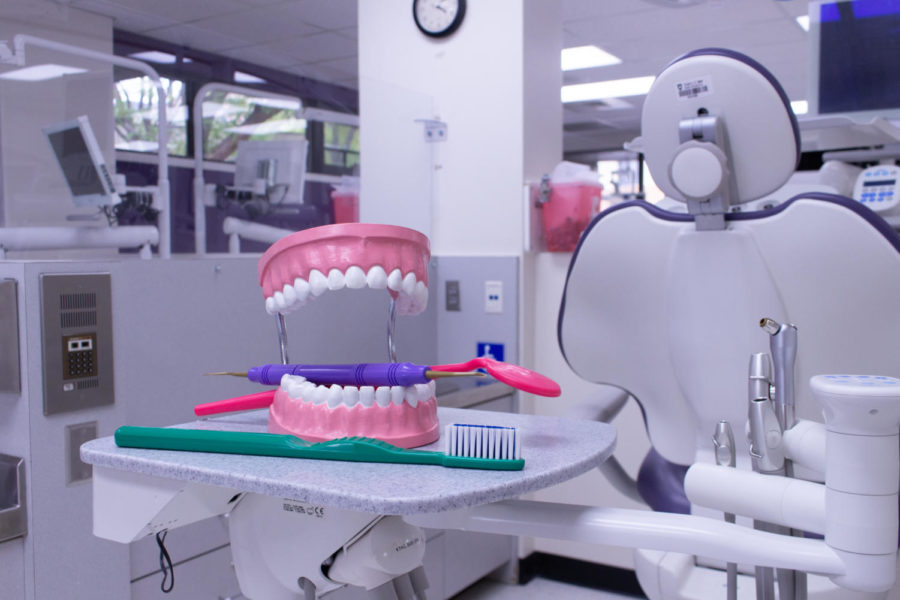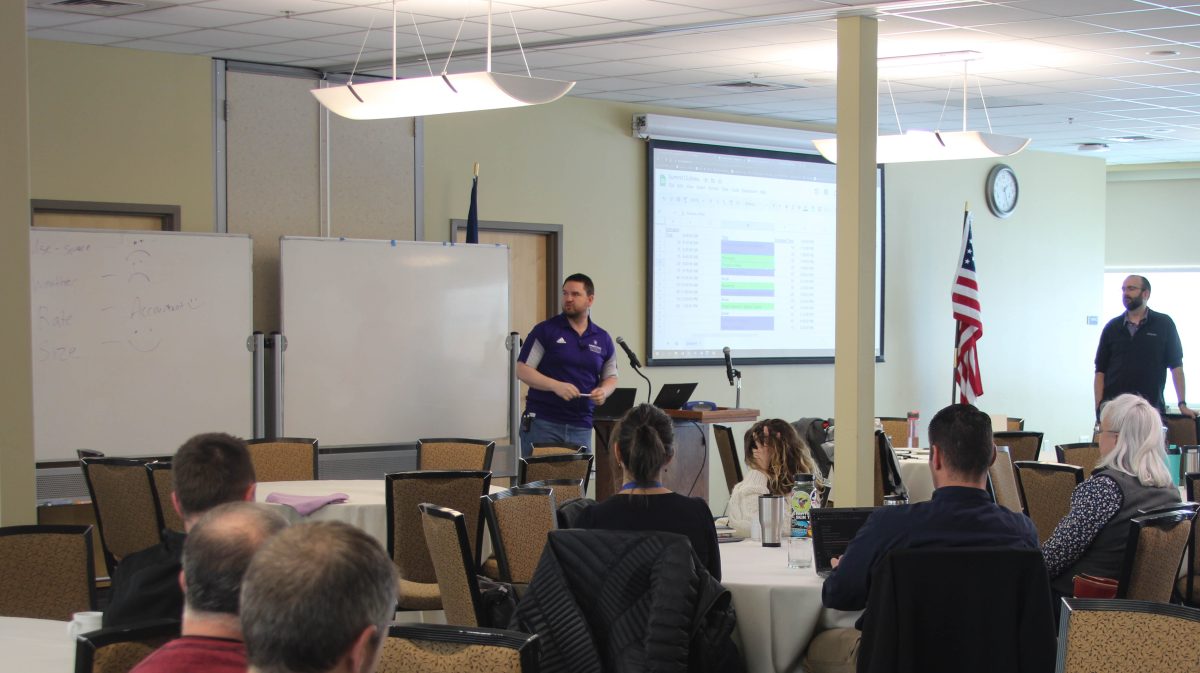If only preventing suicide were as easy as preventing heart attacks.
Preventing heart disease is easy. Well, relatively easy. The person just needs to eat right, exercise and get frequent checkups. If a person’s weight or lifestyle appears to be leaning toward serious heart problems, hopefully there are people in that person’s life who will spur them on to make necessary changes. The same can be said of poor driving, smoking-related illnesses or not wearing hard hats. When we see a problem in someone we love, we decide that caring for this person outweighs the worry of offending them by saying something.
But, for some reason, preventing suicide by talking about it doesn’t happen.
Most people are extremely uncomfortable with the topic of suicide, and rightly so. Those who have lost a friend or loved one to suicide know it’s a jarring, inexplicable experience. Frequently, the victims (yes, the victims) of suicide are blamed for the poor choices they made, and surviving loved ones are left stigmatized and unapproachable.
And it never gets talked about — at least, not in the way we talk about heart disease, car accidents and other problems robbing us of so many people we love. Family members or, most frequently, survivors of suicide attempts are embarrassed.
What other major health problem is kept so intentionally secret? By limiting the amount of public discourse and publicly accessible information, we continue to increase and ignore suicide risk factors in those around us.
Each year, according to the American Center for Disease Control, more than 36,000 Americans take their own lives, and around 465,000 people reportedly receive medical care for self-inflicted injuries. For the average adult American, suicide is the 10th leading cause of death. More importantly, suicide is the third leading cause of death for young persons aged 15-24 years, following car accidents and homicide.
“The impact of suicide and suicide attempts in child and adolescent populations is incalculable,” said Timothy W. Lineberry, M.D., of the Department of Psychiatry and Psychology at Mayo Clinic, “yet there is a relative paucity of measures for assessing suicide risk. It’s important to gain information about how to manage that risk and to target interventions.”
Becoming acquainted with the real risk factors for suicide is crucial to understanding it, and even more crucial to help in preventing it. According to CDC research, some of the risk factors include history of previous suicide attempts or self-harming behavior (e.g., cutting), family history of suicide, prior alcohol or drug abuse, easy access to lethal methods, exposure to suicidal behavior in others, stressful life events or losses, and, most importantly, a history of depression or other mental illness.
Old-fashioned, unhelpful folks would say the only risk factor for suicide is being selfish. They stigmatize mental illness as weakness, or as a sign of being broken, or —worse than anything — “just needing attention.” Ironically, those who cry for attention are swept aside, and all they hear is that their chemical imbalances and inexplicable feelings are personal choices that they should never admit to making.
What can we do to prevent suicide from happening 100 percent of the time? Nothing. Unfortunately, many risk factors in our loved ones are beyond our control. But beginning a conversation about depression, mental illness, tragic life events or suicidal thoughts with someone we’re worried about might just be the most important step toward preventing at least one.




















